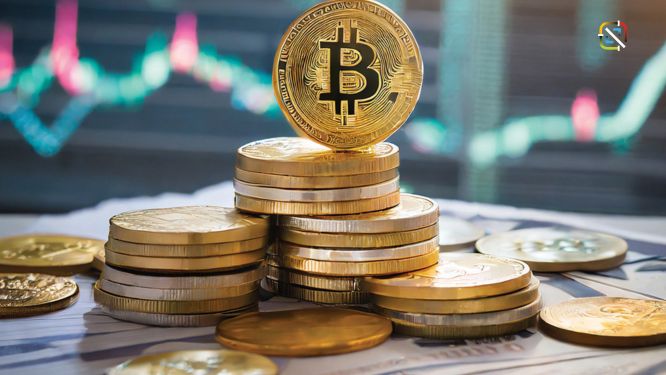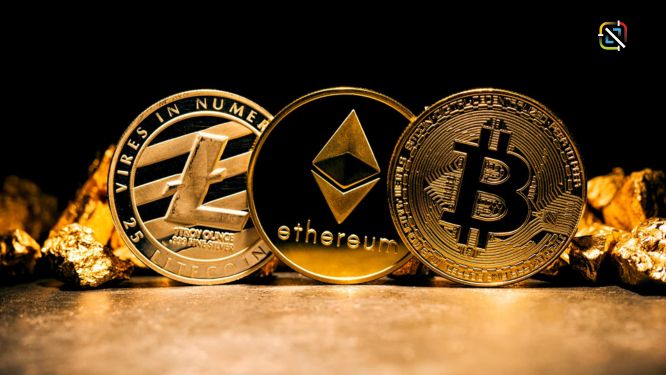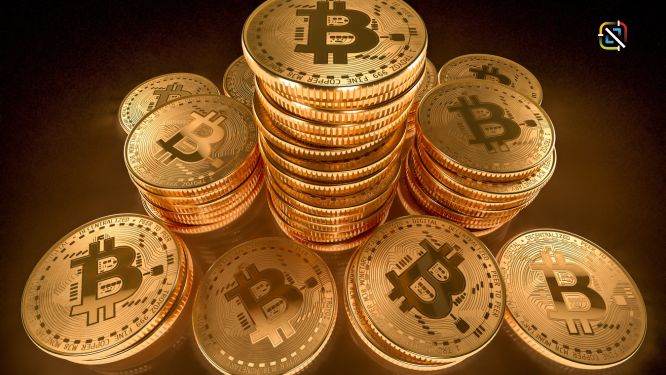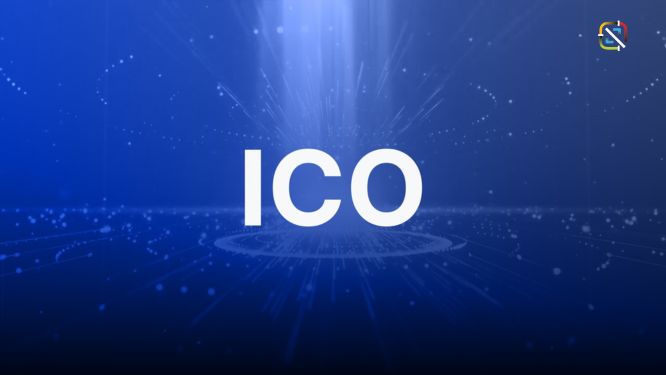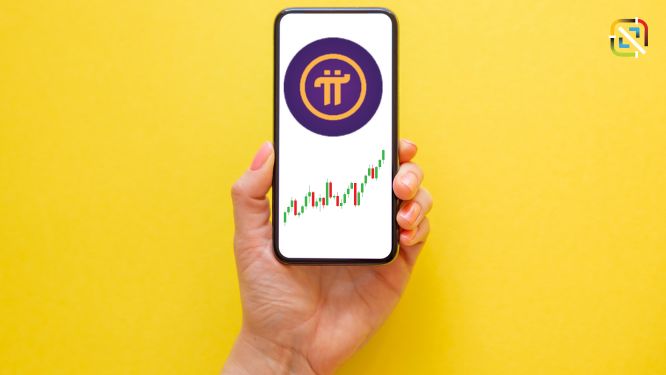
Pi Network, a digital currency initiative launched in 2019 by Stanford scientists Nicolas Kokkalis and Chengdiao Fan, is facing increased scrutiny and user frustration as it marks its fifth anniversary without having completed its mainnet launch. The delay is causing concern among its users, known as “pioneers,” who are particularly concentrated in countries like China, Brazil, and India.
Persistent Delays and Growing Frustration
As Pi Network celebrates over 2000 days since its inception, the excitement that once surrounded its potential is now tempered by disappointment over prolonged delays. Initially designed to democratize cryptocurrency mining and make it accessible to everyday users without technical equipment, the platform’s slow progress towards a full mainnet launch is dampening enthusiasm.
Pi Network Price Plummets: IOU Token Drops 73% Amid Crypto Market Downturn
Enclosed Mainnet and KYC Hurdles
In December 2021, Pi Network transitioned to an enclosed mainnet phase, intended as a final step to finalize its token model and develop decentralized applications (dApps) that would add utility to the Pi tokens. However, this phase has extended far beyond initial timelines, leading some members of the community to leave the project amidst growing skepticism about the network’s viability and the likelihood of launching in 2024.
Pi Network developers have cited the need for extensive user verification through Know Your Customer (KYC) processes to eliminate bots and secure the token’s integrity as reasons for the delay. They have also set a goal to integrate at least 100 dApps into the ecosystem before moving to an open mainnet.

Imminent Risks and Speculations
Adding to the pioneers’ urgency, there is a looming deadline that threatens to purge millions of inactive accounts. Users who fail to complete the KYC process within the next five weeks risk having their Pi tokens burned, potentially reducing the total token supply significantly. This measure could affect around 10 million accounts, emphasizing the importance of compliance with the network’s requirements for active users who wish to continue mining and retaining their Pi.
Economic Implications
The extended period of the enclosed mainnet is speculated by some analysts to benefit the developers economically, who generate revenue through in-app advertisements. Despite this, the prolonged development and launch phase raises questions about the future market performance of Pi tokens. There are concerns that Pi might follow the path of other tap-to-earn projects that have experienced significant price declines post-launch.
Looking Ahead
As Pi Network navigates these challenges, the crypto community watches closely, with the project’s ability to fulfill its promises and transition to an open mainnet being crucial for restoring confidence among its users and potential investors. The outcome will likely influence not only the future of Pi Network but also contribute to broader discussions about the viability and regulatory challenges facing similar blockchain projects.
Read Also: Pi Network IOU Price Remains Stagnant as Traders Await Mainnet Details






